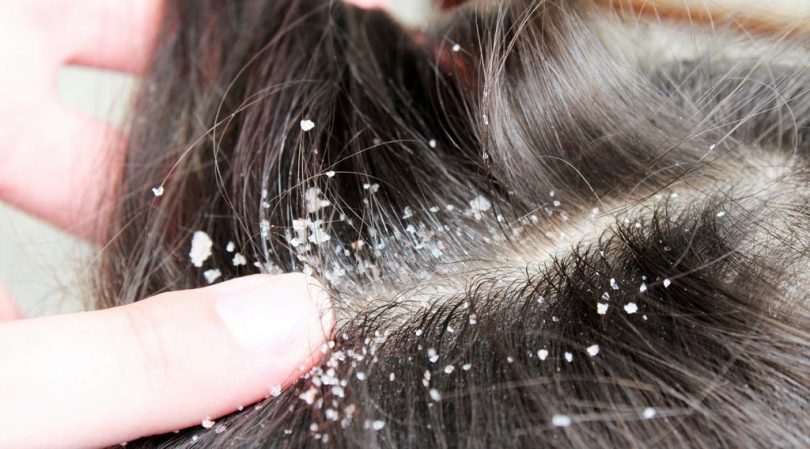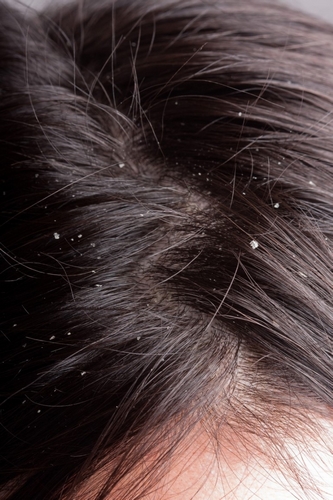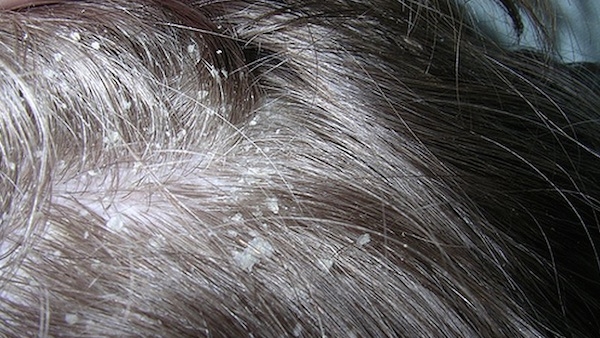DRY DANDRUFF OR OILY DANDRUFF ?
DRY DANDRUFF
Dry dandruff occurs regularly. It is visible to the naked eye and appears as patches of the horny layer of the scalp. They are white, flat and come off spontaneously. Dandruff often comes with unpleasant itching. It usually goes hand in hand with a dry scalp. Dandruff is a disorder in the formation of the epidermis, which is caused by the fact that the cells of the basal layer of the epidermis divide too quickly. The cells that rise to the surface of the skin do not have time to lose their water and harden. They reach the surface without being sufficiently dried out; this forms clusters of cells on the scalp, which are called dandruff.
OILY DANDRUFF
Oily dandruff is small, round, yellowish and greasy. It adheres to the scalp and hair. It forms a yellowish, sticky layer. They are accompanied by itching. In general, they are the result of seborrhea, i.e. an overproduction of the sebaceous glands.
DRY DANDRUFF
Dry dandruff occurs regularly. It is visible to the naked eye and appears as patches of the horny layer of the scalp. They are white, flat and come off spontaneously. Dandruff often comes with unpleasant itching. It usually goes hand in hand with a dry scalp. Dandruff is a disorder in the formation of the epidermis, which is caused by the fact that the cells of the basal layer of the epidermis divide too quickly. The cells that rise to the surface of the skin do not have time to lose their water and harden. They reach the surface without being sufficiently dried out; this forms clusters of cells on the scalp, which are called dandruff.
OILY DANDRUFF
Oily dandruff is small, round, yellowish and greasy. It adheres to the scalp and hair. It forms a yellowish, sticky layer. They are accompanied by itching. In general, they are the result of seborrhea, i.e. an overproduction of the sebaceous glands.



